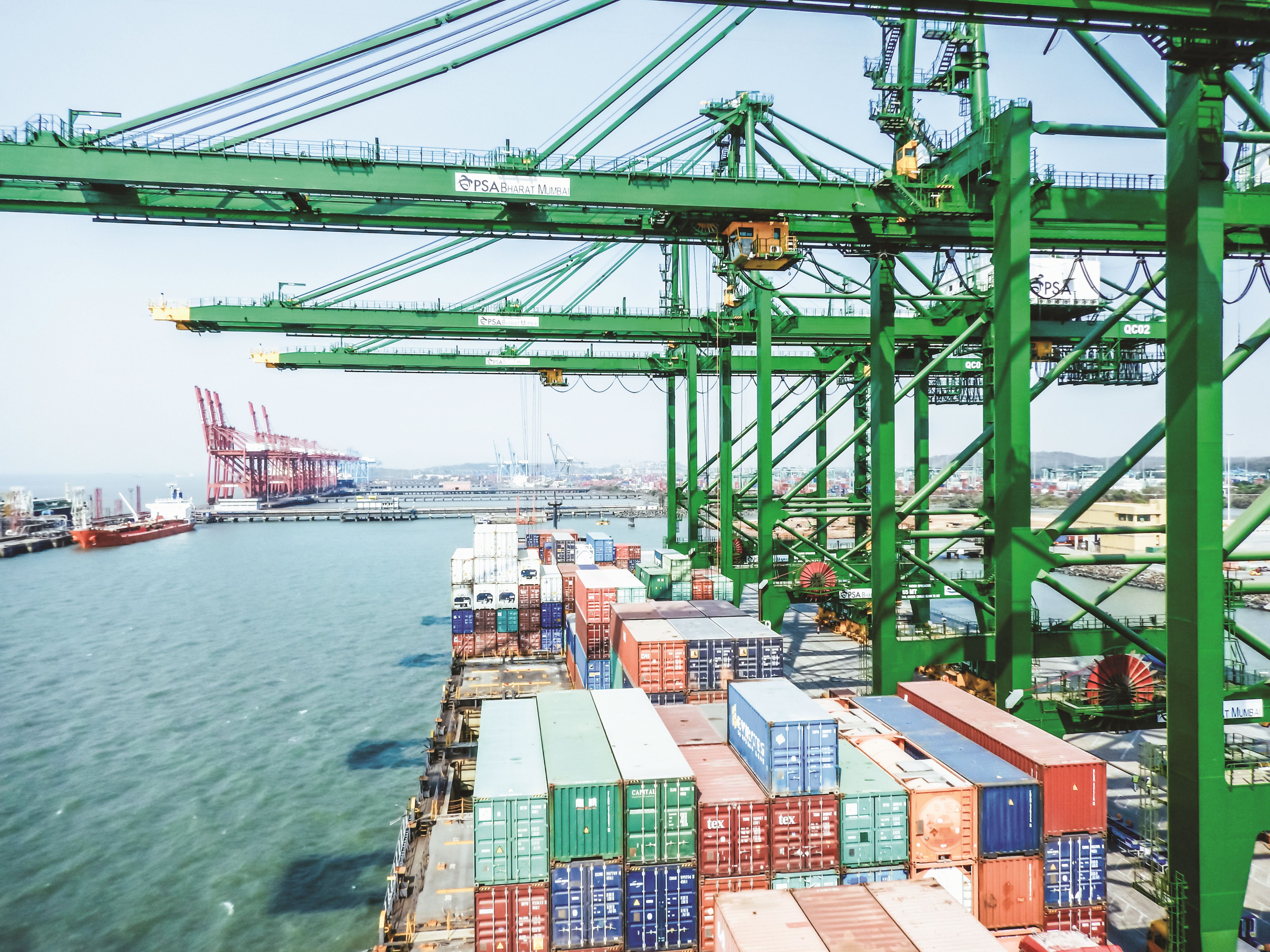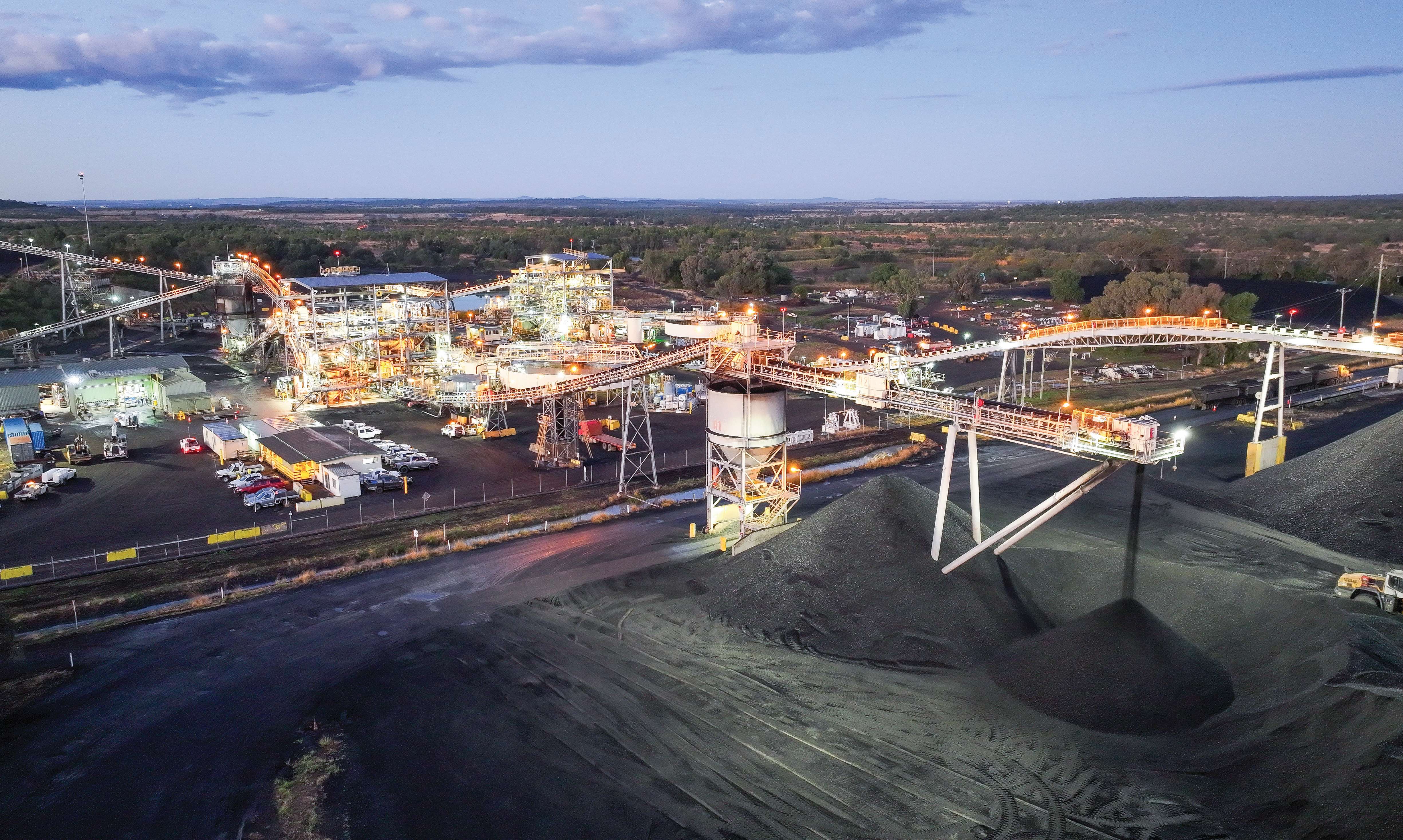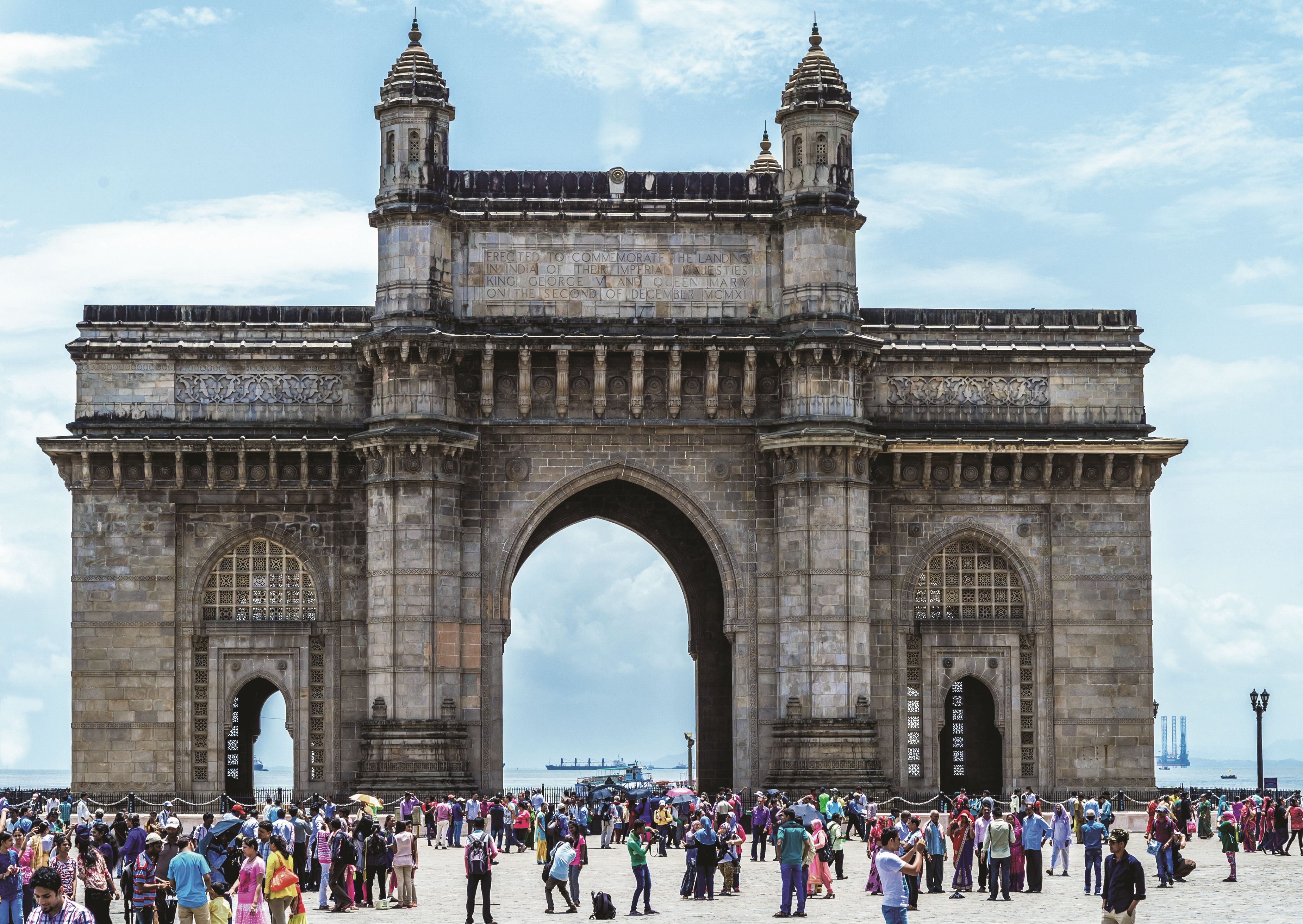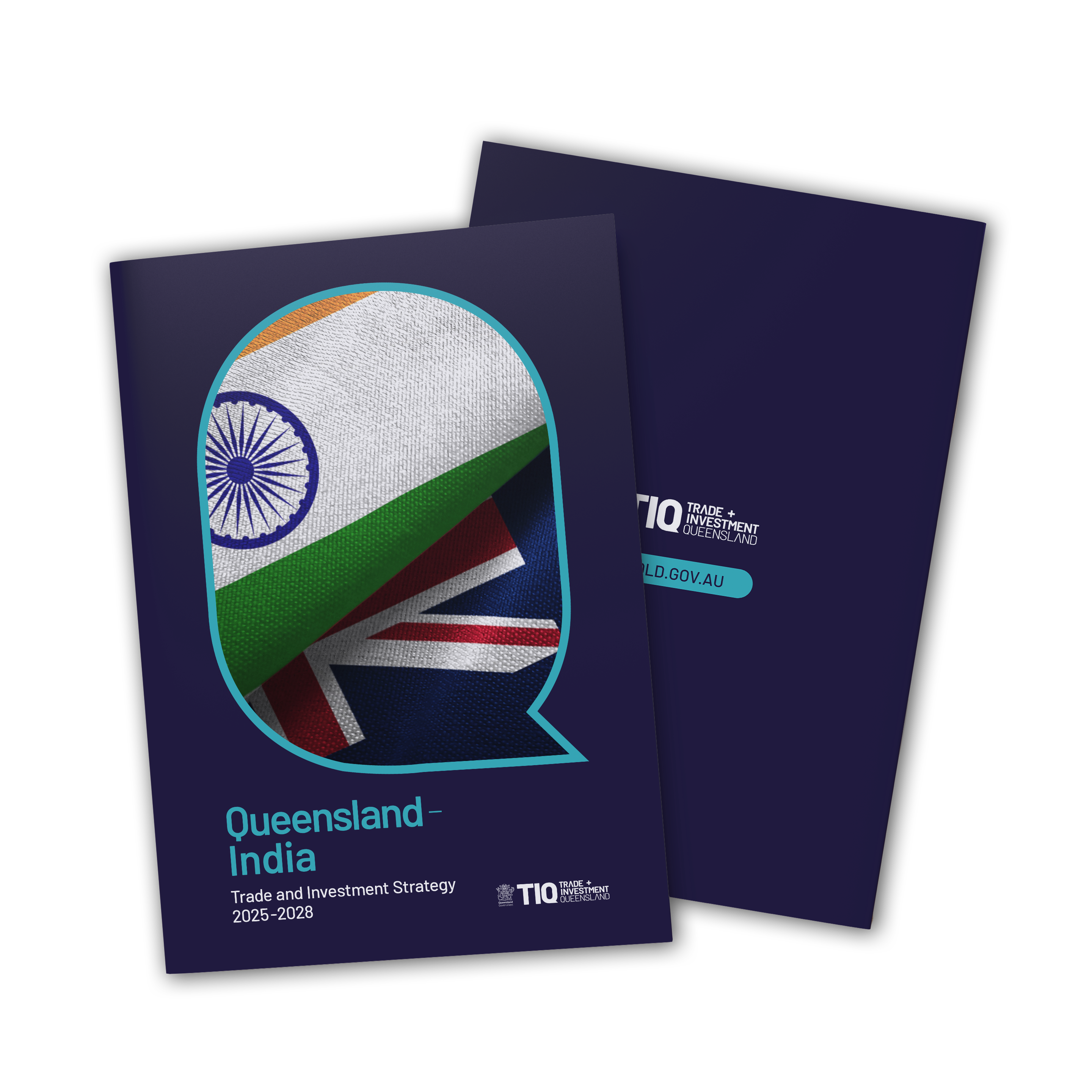Why India?
Queensland and India share a warm and dynamic relationship, built on a shared vision for a stable and prosperous Indo-Pacific.
We share deep economic and people-to-people links – from the 94,000 Queenslanders with Indian ancestry, to the three-way sister-city relationship between Brisbane, Ipswich and Hyderabad.
Through the strength of this relationship, Queensland is well-placed to capitalise on the opportunities offered by the world’s most populated country and its fastest growing major economy.
India is Queensland’s second largest source of international students, our seventh-largest visitor market and increasingly, a source of Foreign Direct Investment totalling $50.6 billion to Australia during 2024.
Read the Queensland-India Trade and Investment Strategy 2025-2028
This strategy is a focused guide to strengthen Queensland’s engagement with India.
As the fastest growing major economy and a rising regional power, India presents Queensland with one of its most promising partnerships.
Queensland’s exports to India have doubled in the past five years, making India Queensland's fourth-largest export market.
This reflects its focus on outcomes, prioritising partnerships, industries and initiatives that deliver for Queensland.
The strategy recognises India’s central role in the Indo-Pacific and sets a roadmap to deepen connections through innovation, collaboration and mutual respect.
Learn about the Indian market with Commissioner Abhinav Bhatia


India is the world’s fastest growing major economy with 36 diverse states and union territories
![]()
India is Queensland’s fourth largest export market representing almost 60% of Australian exports to India
![]()
India is Queensland’s largest coal export market worth AUD $12.7bn
Key trade agreements with India
Queensland’s trade relationship with India is supported by four major agreements that strengthen trade, investment and collaboration across key sectors.
- Australia-India Economic Cooperation and Trade Agreement (ECTA) - The ECTA provides Queensland companies with a competitive advantage through reduced or eliminated tariffs across a range of product and service exports.
- Australia-India Comprehensive Economic Cooperation Agreement (CECA) (under negotiation) - This agreement would support economic ties between Australia and India in industries such as primary industries, services, education and infrastructure and development.
- Quadrilateral Security Dialogue (Quad) - The Quad is a strategic partnership between Australia, Japan, India and the United States (US) promoting a free and open Indo-Pacific through cooperation on security, health, climate, technology and disaster relief.
- Australia-India Comprehensive Strategic Partnership (CSP) - The CSP is based on mutual understanding, trust, common interests and the shared values of democracy and rule of law. Both countries share the vision of an open, free, rules-based Indo-Pacific region supported by inclusive global and regional institutions that promote prosperous, stable and sovereign states on the basis of shared interests.

Queensland’s opportunity to embrace India’s continued rise is backed by strong Australia-India diplomatic and trade links.
Why India is the world’s fastest growing major economy
After a long period of modest growth post-Independence, the Indian economy has become the fastest growing major economy in the world through cautious liberalisation and reform.
The Indian economy is expected to grow by 6.2% during 2025, increasing to 6.3% in 2026.
India has scope for economic development to grow its 3% share of global GDP, enabled by market-friendly reforms, enhanced productivity, private-sector led job creation and increased investment.

Queensland can leverage its strengths in health system design and to deepen collaboration with India in clinical trials.

New Acland Coal Mine, Queensland, Australia.
Queensland coal powering
India's growth
India is the world’s largest buyer of metallurgical coal, used in steel-making, with demand expected to double by 2030.
Coal remains integral to the Queensland-India trade relationship, with broadening opportunities in healthcare, life sciences, digital health innovation, research and development, food and agriculture and energy.
India’s positioning as both a clean tech hub and critical minerals refiner and its need for traditional fuels presents Queensland with opportunities in critical minerals supply, renewable energy partnership and METS (mining equipment, technology and services.
India's trajectory creates opportunities for Queensland’s digital and innovation ecosystem in areas such as AI applications, quantum, smart infrastructure and advanced manufacturing.
As India accelerates the automation of production and expansion of Digital Public Infrastructure (DPI), Queensland innovators can offer complementary expertise, commercial partnerships and collaborative R&D to shape digital economies.
Future outlook
As India advances towards its centenary goals, Queensland is uniquely positioned to grow alongside it, fostering mutual prosperity through innovation, resilience and shared values.
Queensland’s strategic alignment with India’s growth trajectory reinforces its position as a reliable economic partner.
Core sectors such as education, agriculture, coal and energy continue to underpin the bilateral relationship.
These are increasingly complemented by emerging areas of mutual interest including critical minerals, clean technologies, advanced manufacturing and digital innovation, reflecting the evolving depth and diversity of Queensland–India trade and investment ties.

India is at the cross-roads of its journey, reaping the benefits of its gradual economic transformation and its increasingly influential leadership role on the world stage.
Opportunities and challenges
- Favourable market access for Queensland exporters exists through the Australia-India Economic Cooperation and Trade Agreement.
- Growth of e-commerce and rising disposable incomes in India are opening new export opportunities for Queensland’s food, agriculture and health products.
- The increasing efficiency of India’s farming sector is creating research and commercialisation opportunities for Queensland’s active research sector and globally competitive agtech capabilities, driving innovation in sustainable food production, functional foods and efficient farming systems.
- Partnership with India to support its continued need for traditional energy and mining (including METS), as well as investment and partnership in commercially viable renewables.
- Focus on addressing skills gap and further development of higher education and vocational training creates opportunities for Queensland to expand partnerships in skills-based education and career-focused learning pathways.
- Prioritisation of sports in India, boosting the ecosystem to enhance sports participation and improve India’s international standing in sports, creates opportunities for Queensland to partner with both private and public sector to provide sports eco-system expertise.
- Queensland’s collaboration with Australia-India business associations and national and subnational government institutions, Austrade and Department of Foreign Affairs (DFAT) strengthens bilateral trade and investment ties.
- Economic variation across India’s 36 states and union territories with differences in priority sectors, ease of doing business, consumer preference, regulatory environment and reform agendas.
- Regulatory and infrastructure differences and challenges, particularly in agriculture and pharmaceuticals, can increase transaction costs and delay market entry.
- Supply chain disruption and complexity.
- Absence of coordinated frameworks to support investment, streamline regulation and accelerate crossborder partnerships in critical minerals.
- Global and regional geopolitical shifts present risks to market stability and investor confidence.
- Unilateral trade restrictions and US tariffs on India could suppress GDP and constrain trade flows between India and Queensland.
- Need to establish direct aviation links between Queensland and India in order to further support and grow goods, exports, tourism, and education.
Meet Abhinav Bhatia
Queensland Senior Trade and Investment Commissioner – South Asia
Abhinav Bhatia was appointed commissioner for South Asia in June 2021. Prior to joining Trade and Investment Queensland, Abhinav worked for Enterprise Ireland as Director for India and South Asia.
Abhinav has specialised in international trade and investment for the past 15 years, working for a range of governments, corporates and not-for-profits. Past roles include Trade Commissioner for the Canadian Government, where he advised Canadian companies on international expansion into India and led several foreign direct investments into Canada.
Abhinav has also worked extensively in international education, supporting student recruitment and partnership development in India.
Read more about Abhinav.

Office
Trade and Investment Queensland Office South Asia Bengaluru
12/1 Primrose Road
Karnataka
Bengaluru 560 025
Tel: +91 80 4089 2000
Fax: +91 80 4153 1403
Trade and Investment Queensland Office South Asia Mumbai
Austrade Mumbai
Australian Consulate-General
Crescenzo, 10th Floor, A Wing,
G Block, C-38 & 39, Opp. MCA Cricket Club,
Bandra Kurla Complex,
Mumbai - 400 051
Global markets
Explore more global market profiles Trade and Investment Queensland have expertise in...
Is your business ready to unlock global markets? Learn more about your future export success through TIQ.
Whether you are an experienced exporter looking to expand your global footprint or a new exporter starting your journey, TIQ can help you scale your business internationally.


